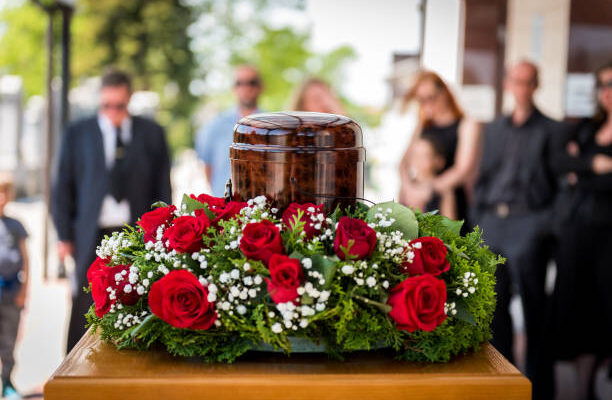What Happens At A Cremation Service?

When a person dies, there are several steps that must be taken to prepare the body for cremation. These steps include cleaning the body and dressing it. Typically, the body is cremated without embalming, but this may be optional if there is to be a public viewing. The body is also stripped of any jewelry, prosthetics, and medical devices. The body is then placed in a combustible vessel that must be heavy enough to hold the body.
Documentation required by cremation service
The legal next of kin must sign an authorization form to allow cremation services to dispose of a deceased person’s body. The form can be signed by a spouse, child, or other relative of the deceased. In some states, there is also a self-authorization form.
When you have chosen a cremation service, it is important to make sure all of your affairs are in order. A delay in the paperwork can delay the cremation. A cremation cannot be undone, whereas a burial allows the family to exhume the body after it has been cremated. It can take up to 10 days for a physician to sign a death certificate, which can delay the rest of the documentation and the timeline for the cremation service.
The next step is to fill out a Green form. This form is necessary for most cremations. It is essential to fill out this form before the cremation process starts. In most cases, the nearest relative or executor of the will is required to sign the form.
Waiting period before cremation
In some states, you’ll need to wait at least a certain amount of time before you can have a cremation. This waiting period is usually 24 to 48 hours, but it may be longer. The waiting period depends on a number of factors, including the time it takes to get a death certificate and any necessary authorizations.
First, you must provide a copy of your loved one’s death certificate and medical examiner approval. This may take some time, but it’s not impossible. If you’re not sure about this process, consult with your funeral director and the crematory.
Coffin used for cremation
Nowadays, the traditional wooden coffin is no longer the only choice for cremation. You can also choose eco-friendly cardboard or metal coffins. These coffins may be decorated with pictures or engravings. After cremation, the ashes are kept separate and put into a container. This way, the coffin can be recycled or sold back to the funeral director.
Coffins come in different materials, including wood, cardboard and plastic. While solid wood coffins produce the highest carbon emissions, wicker coffins are better for the environment because they are made of plant-based materials. However, if you have a preference, you can ask your funeral director about the size and design of the coffin.
Cost of cremation
Cremation is an affordable way to bury a loved one. Costs can range from three hundred to three thousand dollars depending on the cremation company and the location. The company you choose will play the largest role in the cremation price, so it is important to research what services they provide. Some companies offer additional services, such as urns. However, these can be quite expensive, and the prices may not be within your budget.
The cost of direct cremation will vary depending on the area, as well as the choice of funeral home. The cost for a simple cremation is typically under $600. However, if you choose a more elaborate urn, you may pay more.






